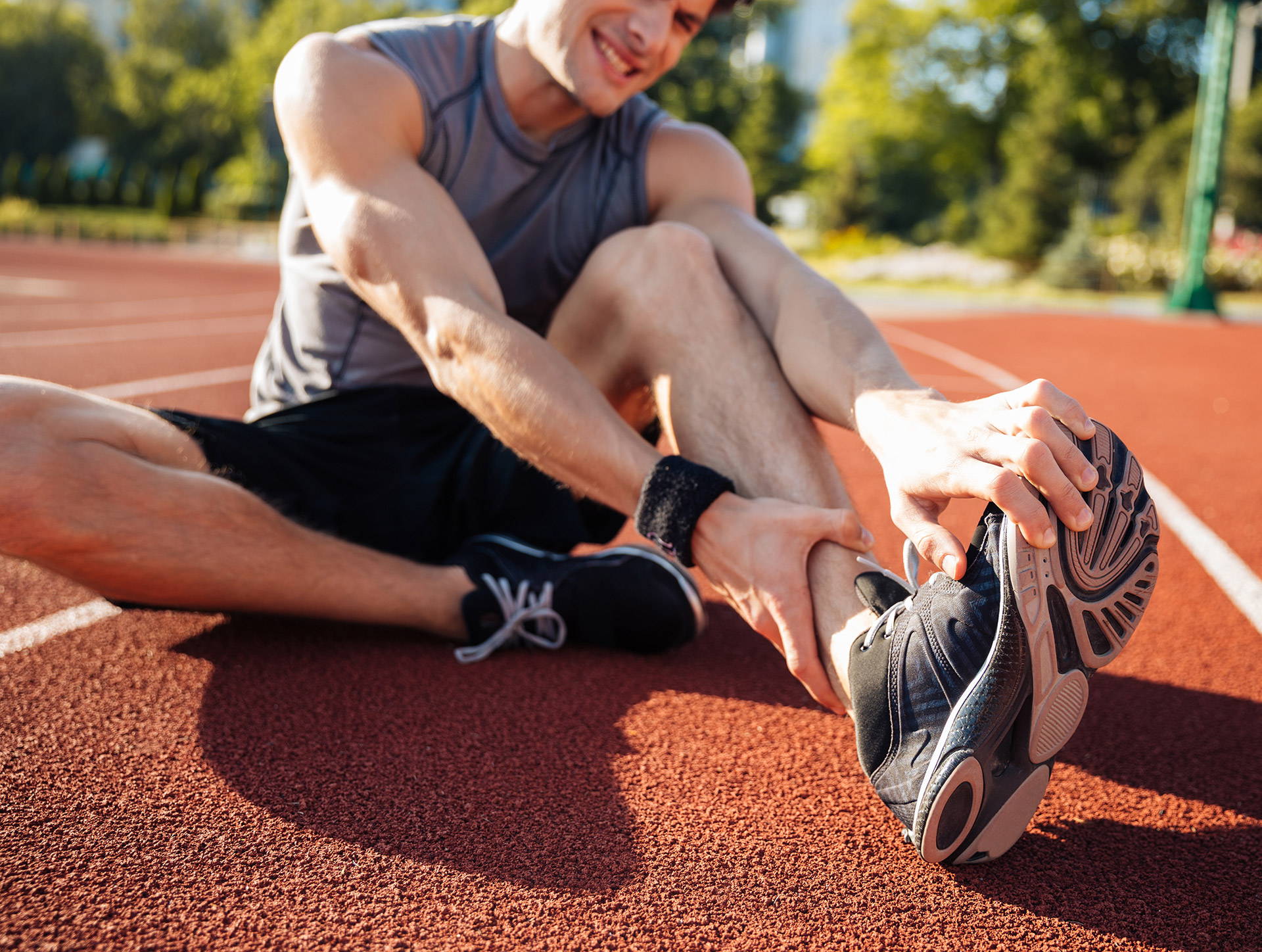
Do Compression Socks Help With Leg Cramps?
june 30, 2023 | 3 Mins Read
TABLE OF CONTENTS
2. How Compression Socks Can Help in Easing Leg Cramps
3. Choosing the Right Compression Socks for Leg Cramps
4. How to Wear Compression Socks for Leg Cramps?
5. Are Compression Socks Suitable for Everyone Experiencing Leg Cramps?
6. Can Compression Socks Prevent Leg Cramps from Occurring?
7. How Long Does it Take to Notice the Effects of Compression Socks on Leg Cramps?
8. Do Compression Socks Have Any Long-term Effects on Leg Cramps?
9. Conclusion
Many people suffer from leg cramps, which can range from mild to severe pain in your legs that often come at night when resting.
That's why we're here to shed light on an incredible solution that can help alleviate leg cramps: compression socks. In this comprehensive guide, we will explore the reasons behind leg cramps and how choosing the best compression socks for leg cramps can provide relief, allowing you to lead a more comfortable and active lifestyle.
Leg cramps, also known as muscle cramps or charley horses, are involuntary contractions that occur in the muscles of the leg. These sudden spasms can range from mild to intense, causing sharp pain and discomfort. Leg cramps are a common issue experienced by individuals of all ages and can be caused by various factors such as dehydration, muscle fatigue, poor blood circulation, electrolyte imbalances, and nerve compression.

The effectiveness of compression socks for leg cramps has been emphasized in various studies.
One study highlights the efficacy of compression therapy as a treatment for venous leg cramps, which are usually caused by poor blood circulation. The research states that with proper implementation of compression therapy, venous leg ulcers (VLU) typically exhibit healing within a span of 6 months.
This compression works wonders in several ways:
Compression socks are engineered to improve blood circulation in the legs. The graduated pressure they exert helps to stimulate the flow of blood back towards the heart, reducing the pooling of blood in the lower extremities. By enhancing circulation, compression socks can provide relief from leg cramps caused by poor blood flow and promote better oxygenation of muscles.
Long periods of standing or physical activity can lead to muscle fatigue, making individuals more susceptible to leg cramps. Compression socks provide support to the muscles, reducing muscle vibrations and micro-tears that contribute to fatigue. This support aids in reducing the occurrence of leg cramps and enables individuals to engage in activities for extended periods without discomfort.
Compression socks exert gentle pressure on the muscles, helping to maintain proper alignment. This can be particularly beneficial for individuals who experience leg cramps due to muscle imbalances or overexertion. By promoting proper muscle alignment, compression socks can alleviate strain on the muscles, reducing the likelihood of cramps.
Swelling and edema in the legs can worsen leg cramps and lead to further discomfort. Compression socks assist in preventing swelling by preventing the build-up of excess fluid in the tissues. The compression applied to the legs helps to push fluid upwards, aiding in the reduction of swelling and providing relief from cramps associated with fluid retention.
Compression socks can play a vital role in post-workout or post-injury recovery. By improving circulation and reducing muscle soreness, they facilitate a faster recovery process. Additionally, the enhanced support and stability provided by compression socks can help prevent injuries by reducing muscle oscillation and minimizing the risk of muscle strain or sprains.
Now that we've explored the numerous benefits of compression socks for leg cramp relief, it's important to understand how to choose the right pair for your needs. When selecting compression the best compression socks for leg cramps, consider the following factors:
Compression socks are available in various compression levels, typically measured in millimeters of mercury (mmHg). Mild compression ranges from 8-15 mmHg, moderate compression from 15-20 mmHg, and higher levels of compression can reach 30+ mmHg. It's crucial to consult with a healthcare professional to determine the most suitable compression level based on your specific condition and needs.
Opt for compression socks made from breathable, moisture-wicking materials. These fabrics help regulate temperature and prevent excessive sweating, keeping your legs comfortable throughout the day. Look for socks that offer a blend of comfort, durability, and breathability.
Choosing the correct size of compression socks is essential to ensure optimal effectiveness. Refer to the sizing chart provided by the manufacturer and measure your calf circumference and leg length accurately.
Read this guide on how to measure for compression socks.

Learning how to wear compression socks the right way for optimal comfort and effectiveness. Here is a guide on how to put on your compression socks:
It's important to note that there may be a period of adjustment when wearing compression socks for the first time. The mild pressure you feel on your legs will subside as your body adjusts to the new feeling. With proper use, compression socks can provide leg cramp relief and reduce the risk of swelling and edema.
When your leg cramps symptoms exhibit a more serious underlying medical condition, your doctor may recommend other treatments or medicines in addition to compression socks. It's also important to note that compression socks are not suitable for everyone experiencing leg cramps. If you have any allergies to particular types of materials, be sure to check the fabric composition before purchasing a pair of compression socks.
Read this to learn when and when you should not wear compression socks.
Many people find compression socks to be helpful in reducing the intensity of leg cramps. Compression socks apply a gentle squeezing force on the leg to increase overall circulation, which may reduce the occurrence of muscle cramps.
However, there is no definitive evidence to suggest that compression socks can completely prevent leg cramps from occurring. It can only provide immediate help when a cramp does occur. To reduce the risk of leg cramps, it's important to maintain an active lifestyle, stay hydrated, and eat a balanced diet.
Additionally, consulting with your doctor may be beneficial for determining whether compression socks can help provide relief for your particular symptoms.
The timeframe for experiencing the effects of compression socks can vary from person to person. While some individuals may notice immediate relief, others may require more time.
Factors such as the severity of leg cramps, underlying conditions, and overall health can influence the speed of response. In general, it's recommended to wear compression socks for 6 - 8 weeks to assess their effectiveness. If no improvement is seen, consult with a healthcare professional to determine the best course of action.
Compression socks are primarily designed for temporary relief of leg cramps and related symptoms. They provide immediate benefits by improving circulation and reducing muscle fatigue.
However, their long-term effects on leg cramps are not yet well-established. It's important to view compression socks as part of a comprehensive approach to managing leg cramps, which may include lifestyle changes, exercise, and addressing any underlying causes.
Consulting with a healthcare professional will help you develop a personalized plan that considers your specific needs and circumstances.
Leg cramps can be a frustrating and painful experience, but with the right solution, you can find relief and enjoy a more active lifestyle. Compression socks offer an effective way to alleviate leg cramps by improving blood circulation, reducing muscle fatigue, promoting proper muscle alignment, preventing swelling, and aiding in quick recovery.
When selecting compression socks, consider factors such as compression level, material, and proper sizing to ensure the best possible fit and optimal benefits.
References
Author

Claire Evans worked as the content marketing manager at Koprez. Claire combined a background of writing and editing, marketing, and patient education to best serve consumers, fitness enthusiasts, athletes, and anyone who relies on the Koprez brand for helpful information.
Koprez® Featured Products
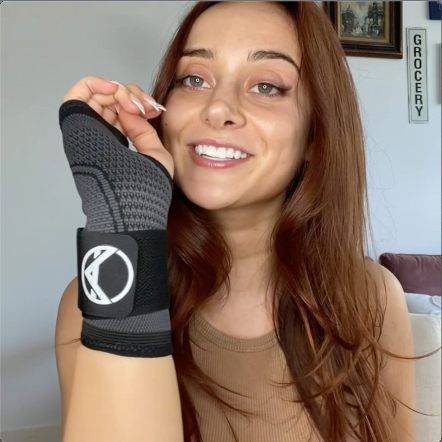

"I sprain my wrist super often, so I decided to try out this sleeve. This is game-changing! I've been using it for a while now, and my wrists feel amazing. I haven't gotten in any injuries since using it too. It just makes my wrists feel so supported."
Alexis A.
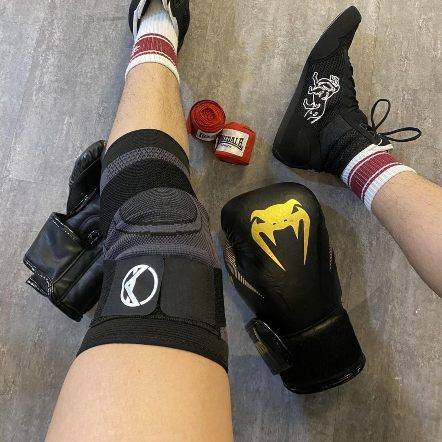

"Use this for my boxing training. It is a very comfortable brace and does not move out of position during skipping ropes and sparring sessions. I use it while running too. Probably the best brace I've purchased throughout the years. It is very flexible. Makes me look like a pro! :)"
Samuel L.


"I've just got back to running after a couple of years of being plagued by injury. These compressions socks are helping give me peace of mind while I build up my distance again. They are the perfect level of compression, super comfy, and very high quality. Feel great while on a run, and looks great in the orange colour I have!"
Dave R.
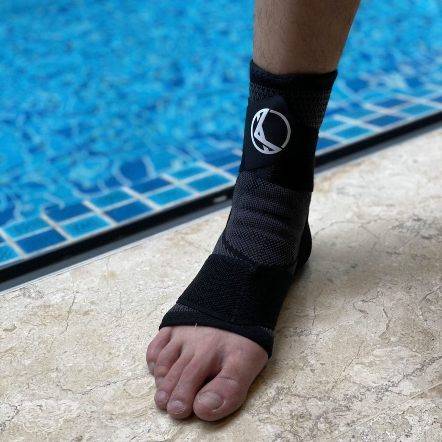

"I have a weak ankle, and the Koprez ankle sleeve has been a lifesaver. Wear it every day. Super breathable and comfortable. Like wearing a cool sporty looking sock!"
James F.
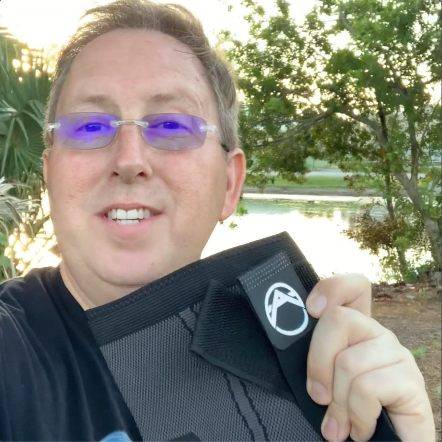

"This is the best knee sleeve I've ever tried. It's now a must-have for all my exercises. A few years ago, I had an accident that damaged my knees, but with Koprez I can be active again with no knee pains at all. It's been truly amazing!"
Alex M.
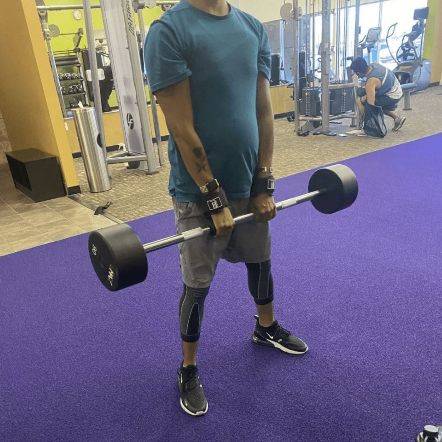

"One of the best purchases I've ever made. It fits your legs all the way from top to bottom, great snug fit, gives you support and definitely helps during rehab and training."
Rafael A.


"I had a minor elbow injury, and Koprez sleeve was super supportive and definitely helped me recover faster. I still use the sleeve to prevent further injury. So far, so good. Very comfortable and does not feel hot at all. Highly recommend!"
Corey B.
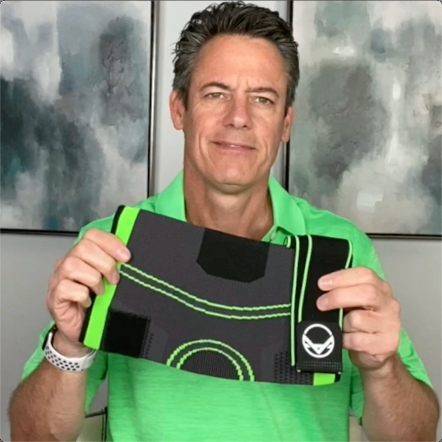

"It's really been a game-changer for me. It allows me to exercise a lot longer than I used to. Now my knees don't hurt, and they're not uncomfortable at all."
Mike P.
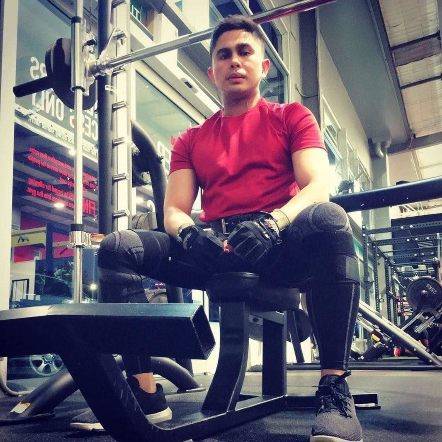

"Great product!!"
Harold
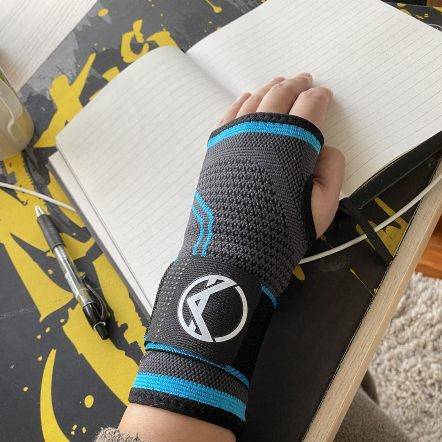

"I have carpal tunnel, and this brace has helped me work pain-free. Love the materials, and I can feel my wrists slowly getting better, even when I don't wear them!"
Christopher J.
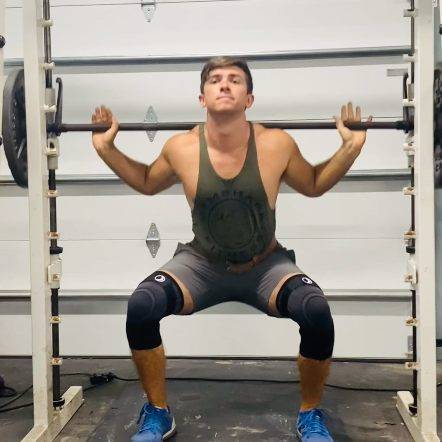

"I wanted to try out these sleeves to improve my squats and deadlift in the gym without worrying about injuring my knees. They stayed up throughout the entire gym session, and my knees feel super supported. Now I can do what I love for years to come. "
Corbin C.